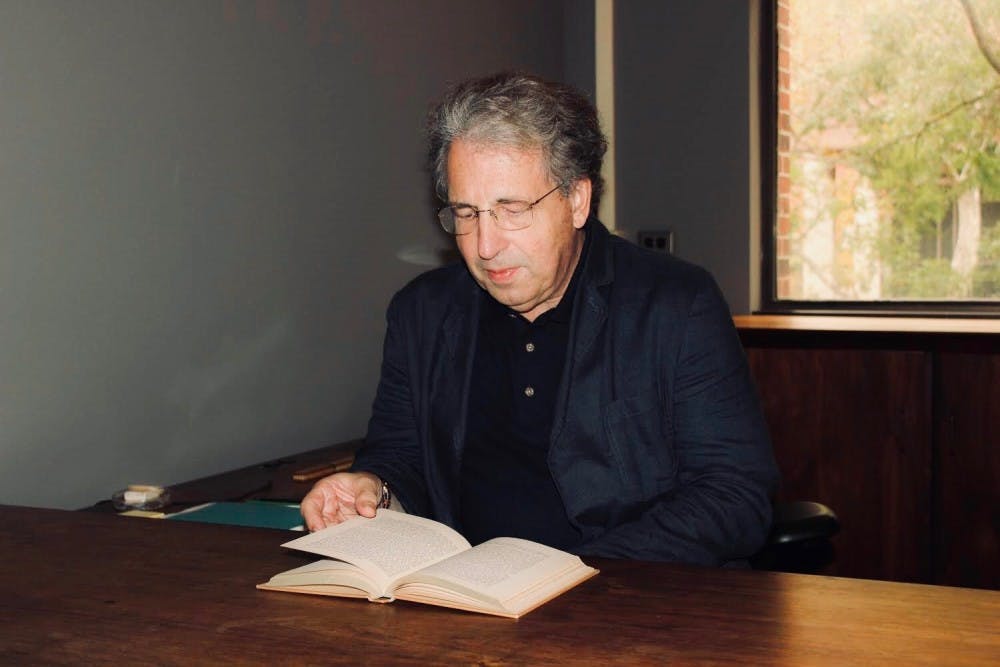
A Benjamin Franklin Seminar offered this spring will let students study architecture and literature side by side.
This is the second time the Architecture Department will offer "Topographical Stories: Architecture, Literature, and Cities," a seminar taught by Architecture professor David Leatherbarrow. Leatherbarrow said students in the class will examine texts from authors writing about specific cities and compare them to pieces of architecture from the same city and the same time period. Author Sherwood Anderson will be paired with architect Frank Lloyd Wright for a discussion of Chicago, while Italian writer Dino Buzzati will be paired with architect Ernesto Rogers to explore Milan. Other featured cities will include Berlin, New York, Paris, London, Venice, Vienna, and Shanghai.
Leatherbarrow said his goal for the course is to get students thinking about architecture in a new way by looking at the discipline using many approaches.
"What I hope the course [will do] is help students reacquaint themselves with the world in which they live by looking at it in different ways and discovering in it different content that there is to be grasped, and only needs to be looked for with eyes wide open,” he said.
When the course was offered for the first time last spring, Leatherbarrow said, the class had a mix of students, including freshmen, sophomores, and seniors from all schools at Penn. Wharton senior Meghna Sreenivas, who took the course last spring, said only 10-12 students were enrolled, allowing for long discussions and ample time to ask questions. This year, enrollment is capped at 18 students.
"It’s a really good introduction to the global environment in a way that most people don’t study, and it just gives people a good sense of appreciation of the buildings around you,” Sreenivas said.

Leatherbarrow hopes to get students thinking about architecture in a new way by looking at the discipline using many approaches.
The course also includes student presentations on architectural components of each city. 2019 College graduate Peter Carzis said the student presentations were a great way to hear about others’ backgrounds and gave the class more of a diversified, personal touch. Wharton sophomore Nia Robinson added that she enjoyed working on her independent presentation and hearing others' presentations.
“[It is a] very nice, independent, interactive class to take at Penn, which you don’t really get that often,” Robinson said.
Students also said they enjoyed having Leatherbarrow as a professor. Robinson said Leatherbarrow was “very invested in the work and what he was teaching" and "super knowledgeable every time he would speak on a topic.”
“[He was] knowledgeable, had really interesting arguments, and facilitated fascinating conversations among the students,” Carzis added. “I would have difficulty finding anyone who I enjoyed more than professor Leatherbarrow.”
Carzis, who took the course during his final semester at Penn, said it helped unify different things he learned at Penn and showed him a new way of thinking.
“[It] allowed me to tie up different strands of different areas of the humanities and social science that I studied over the course of my four years at Penn into a cohesive set of frameworks for thinking about urban space and more broadly about how a culture is used in processes of collective self-identification,” Carzis said.
The Daily Pennsylvanian is an independent, student-run newspaper. Please consider making a donation to support the coverage that shapes the University. Your generosity ensures a future of strong journalism at Penn.
Donate



